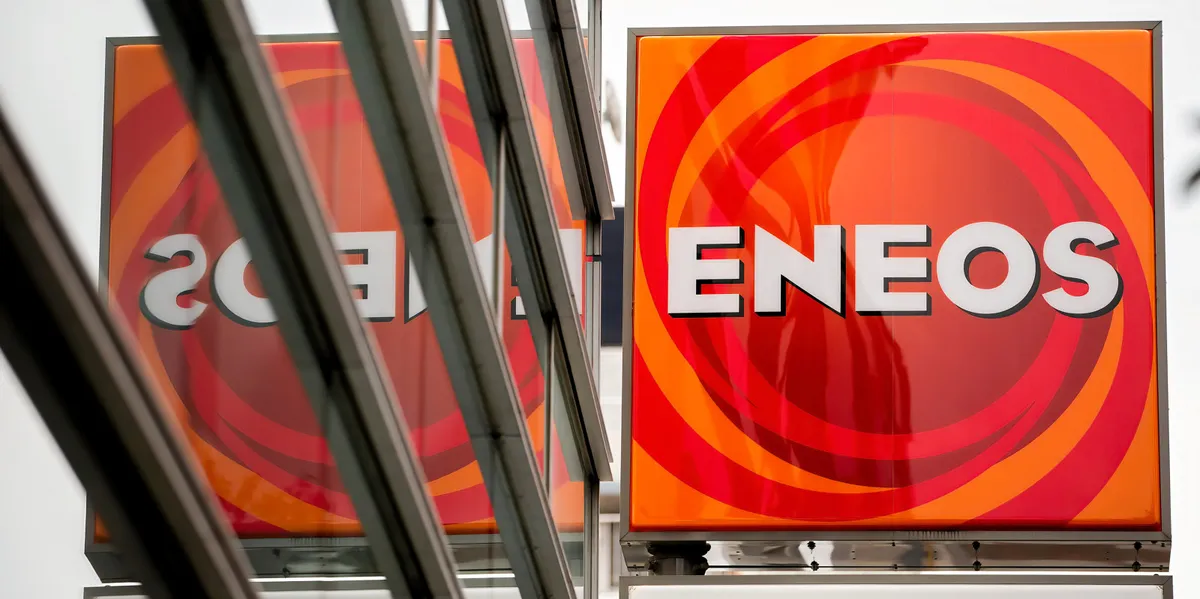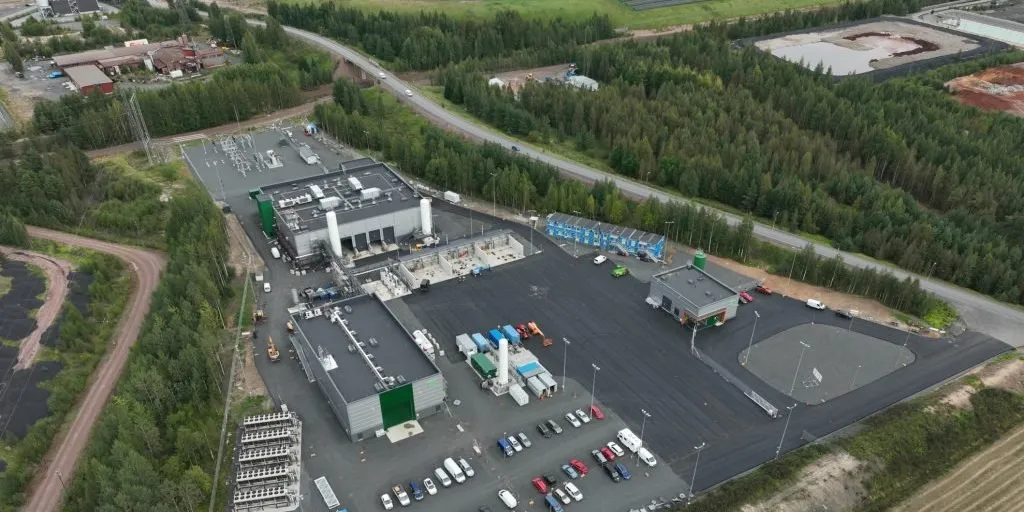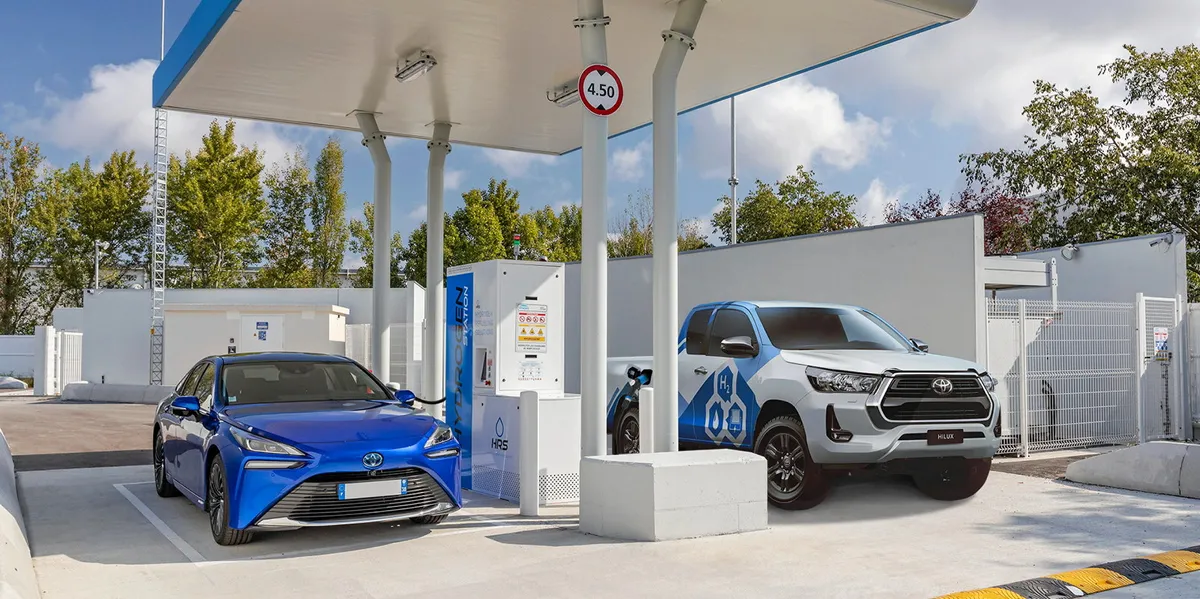
Japanese oil firm Eneos has taken a final investment decision on an A$200m ($124.5m) liquid organic hydrogen carrier demonstration project in Queensland, Australia, which will export some volumes to Japan.
The facility will produce the equivalent of 680kg of green H2 per day — a 34-times scale-up from Eneos’ previous Australian pilot.
Eneos will use a technology which converts water (H2O) and toluene (C7H8) to oxygen (O2) and methylcyclohexane (MCH) (C7H14) in a single step.
MCH can be transported at room temperature and pressure, making it easier to move large volumes of hydrogen using existing infrastructure compared to ammonia, which has to be stored at sub-zero temperatures or under pressure.
Once at the destination, MCH can then be converted back to H2 and toluene via a high-temperature catalytic process, although this requires a large amount of energy.
Ammonia exposure is more dangerous than MCH, causing blindness and burns, although the latter can be fatal if it is swallowed or breathed in. Both chemicals are also toxic to aquatic life with long-lasting effects, which could present an ecological risk if a spill occurs while they are shipped long distances overseas.
Eneos plans to ship a portion of H2 produced at the facility to Japan via the chemical carrier, having previously tested a shipment of MCH to its home country from the much-smaller pilot project.
The Japanese firm will this year start building the project, which Hydrogen Insight calculates would have around 5MW of electrolyser capacity. A start of operations is scheduled for mid-2026.
Both the current project and its previous 150kW iteration were supported by funding from the Japanese government’s Green Innovation Fund, which has allocated up to 300bn yen ($1.9bn) towards development and demonstration of large-scale hydrogen production, overseas transport as a liquid or via LOHCs, and end use such as in power generation.


